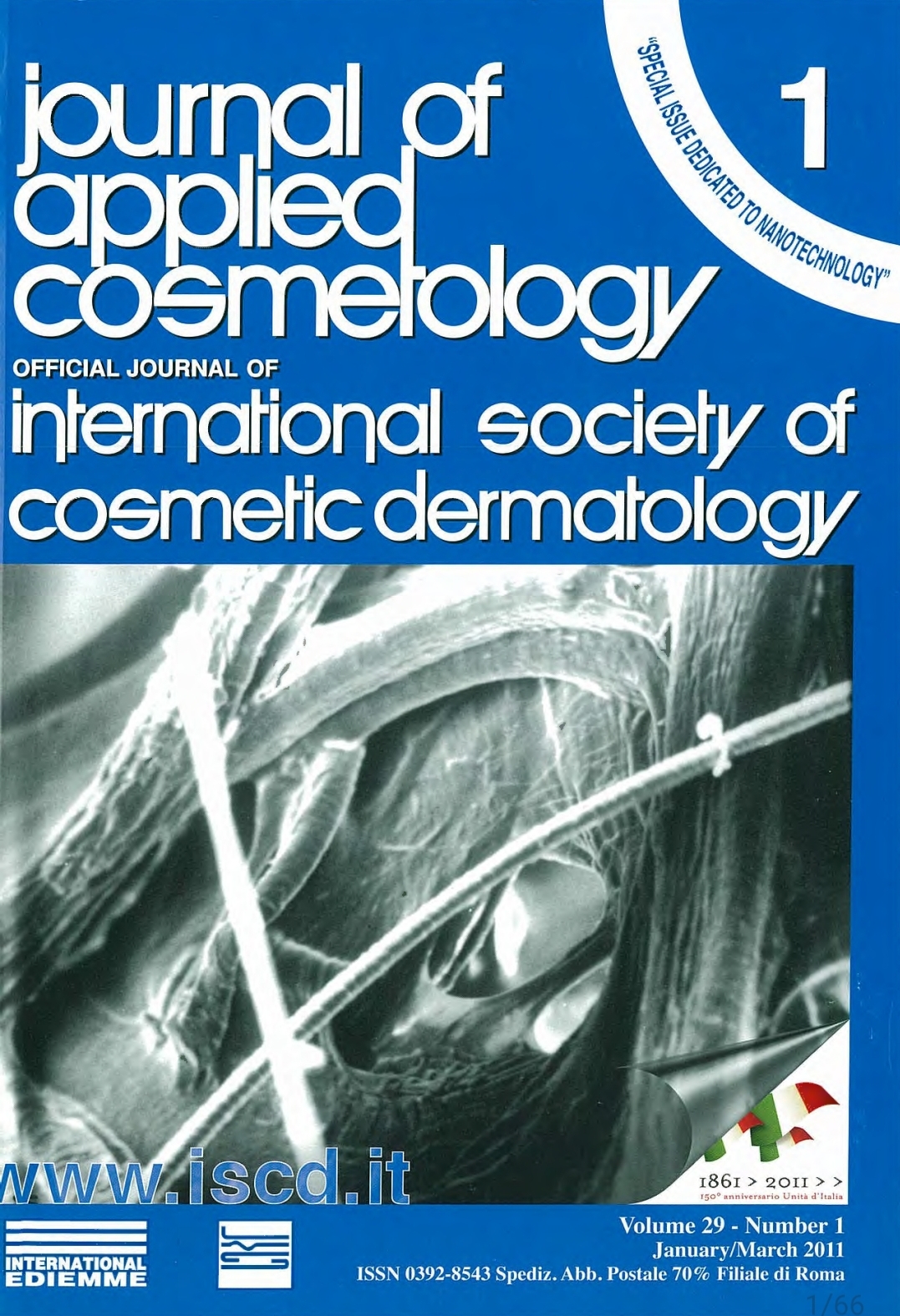Nanotechnology for Topical Application in Cosmetic Dermatology
Keywords:
Nanotechnology, Cosmetic dermatology, SkinAbstract
Many skin conditions, such as dry skin, oily skin, hyper-, hypo- pigmentation, vascular deformities, photoaging, are major concerns in cosmetic dermatology. A variety of products have been formulated to protect the human skin. However, traditional topica) cosmetic formulations have their limitations. For example, traditional formulations employed to absorb or block UV radiation are so thick that they do not blend well into the skin andare cosmetically unappealing . There is a requirement for the traditional sunscreens to be opaque, biologically and chemically inert, stable when applied on the skin, and resistant to water. Nanotechnology has been introduced into new cosmetic products in recent years. Nanotechnology refers to the precise manipulation of matter at the nanometer scale, i.e., materiaJs are manufactured to ultrafine nanoparticles (NPs) with a diameter of about 100 nm. Due to the surface physical-chemical activities, NPs have cliversified properties which are often distinct from their counterpart macroparticles and is of particular interest to the skin care industry. Using nano-sized particles in cosmetics, products with improved texture, more vibrant color and greater skin penetration have been generated. However, there has been controversy regarding the safety of topica! application of NPs. The potential harms are evading from immunologie defense mechanisms, forming complexes with proteins, inducing the formation of free radicals, damage on living cells, et al. This paper provides an overview of the ongoing research on nanotechnology for topica) application in cosmetic dermatology.





